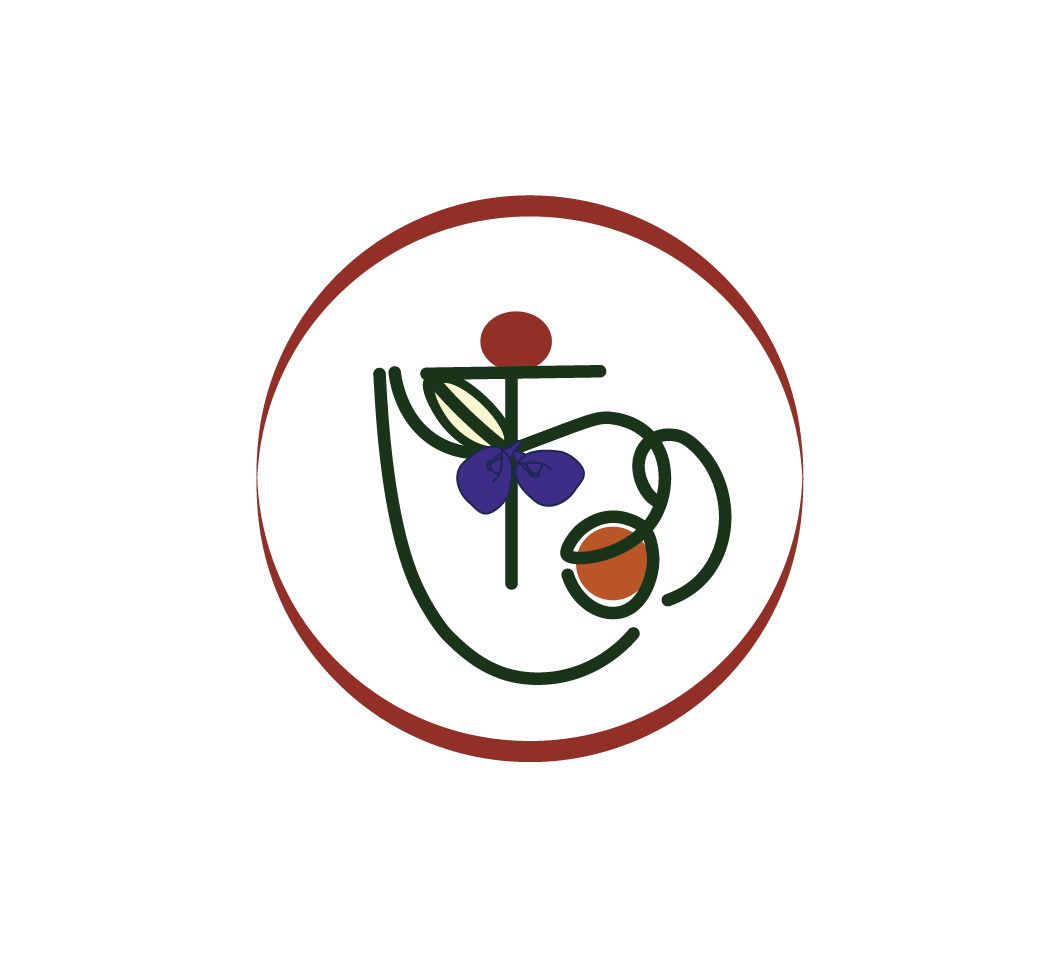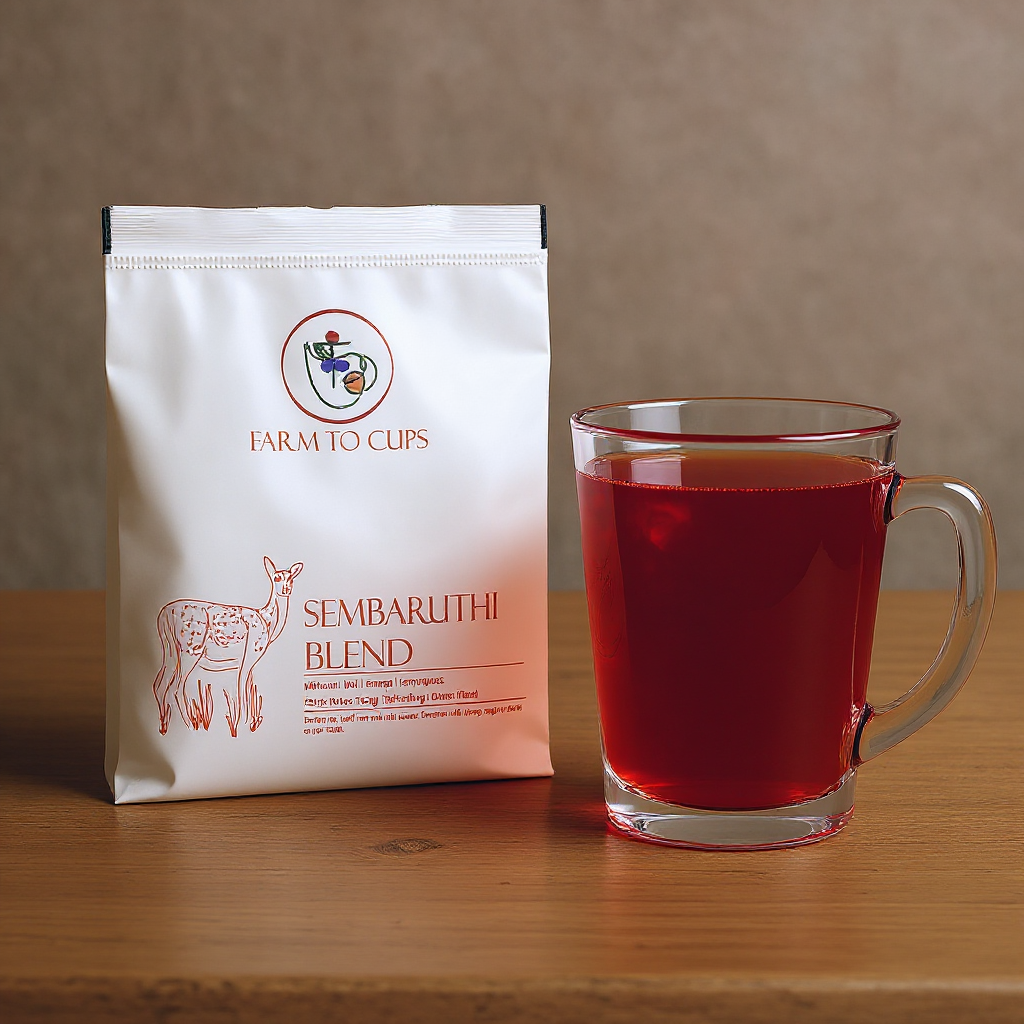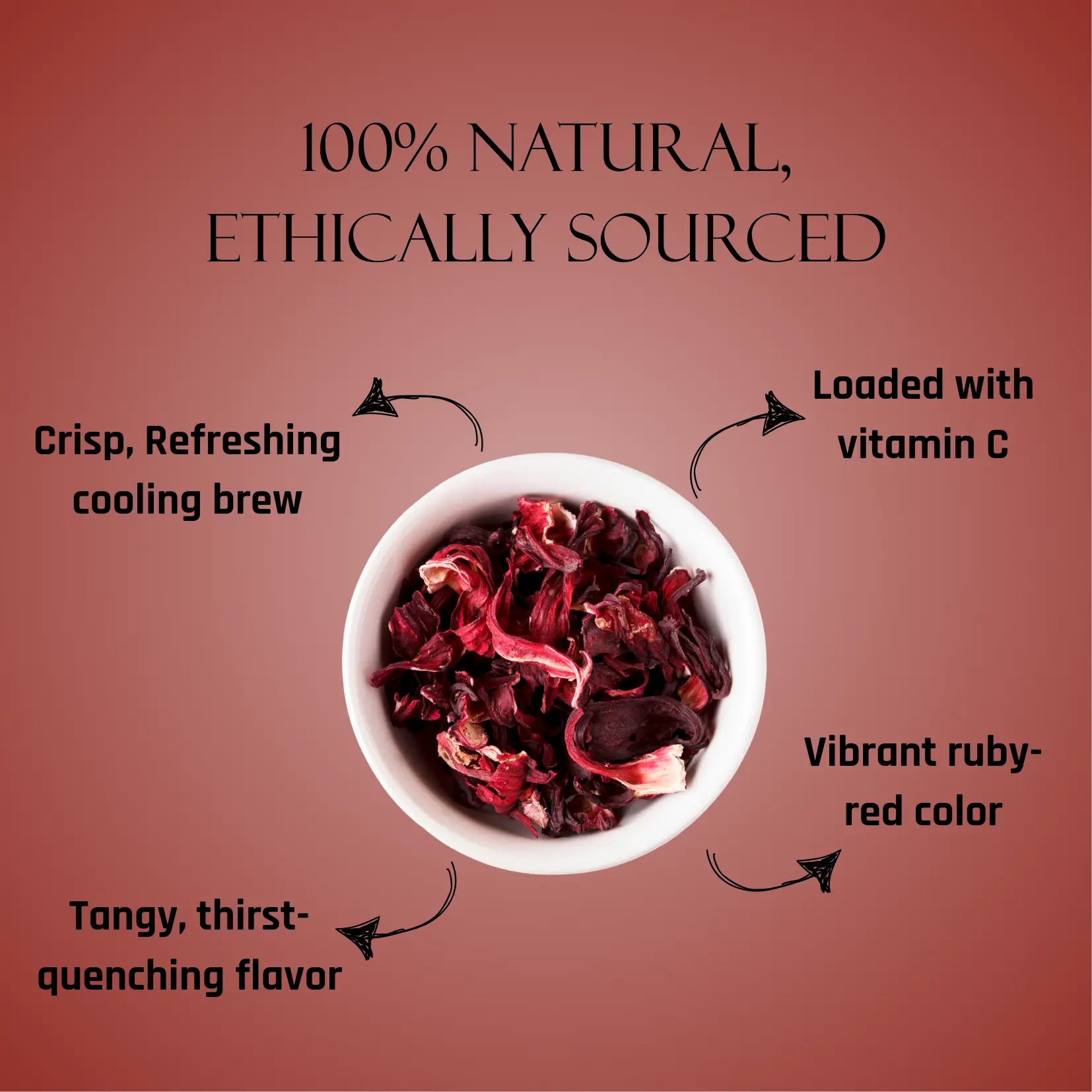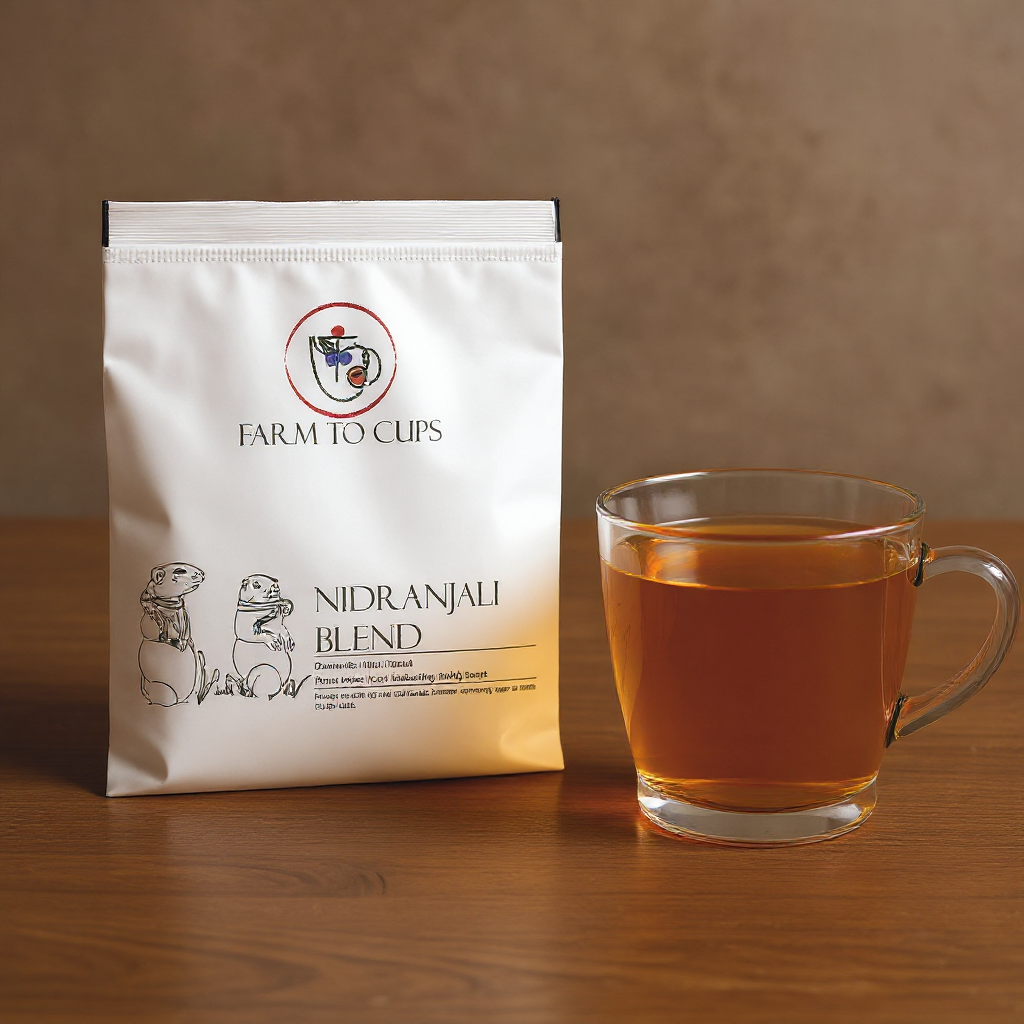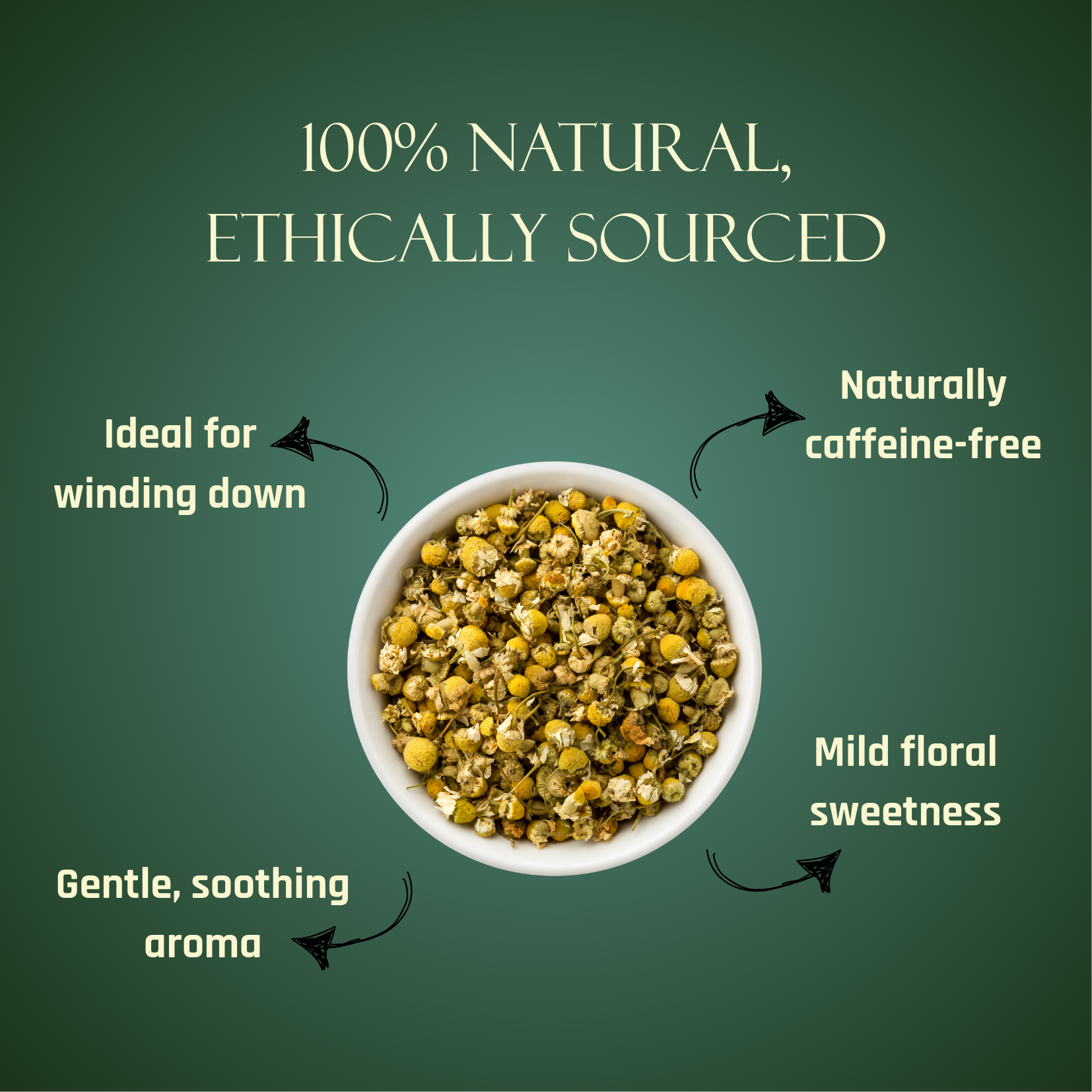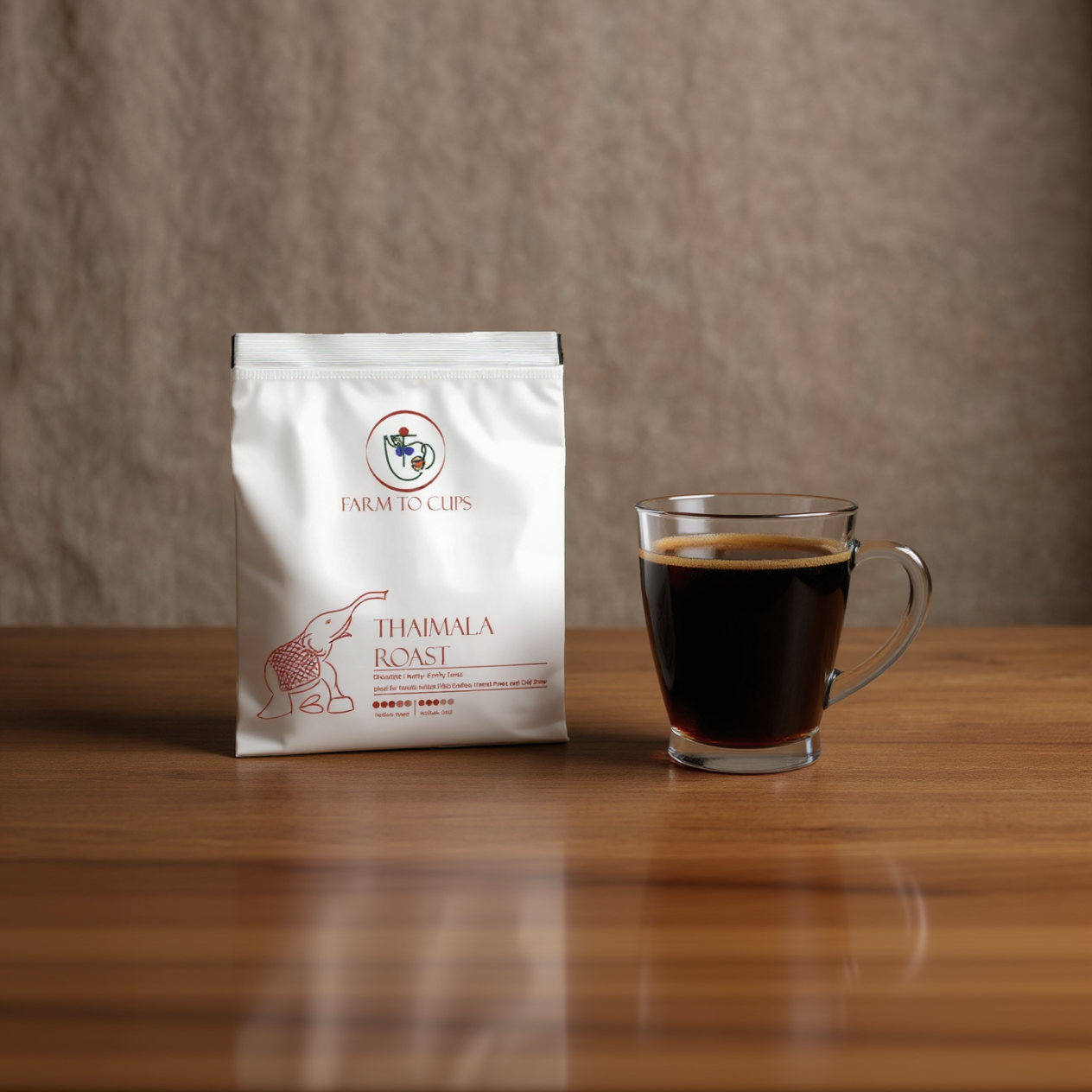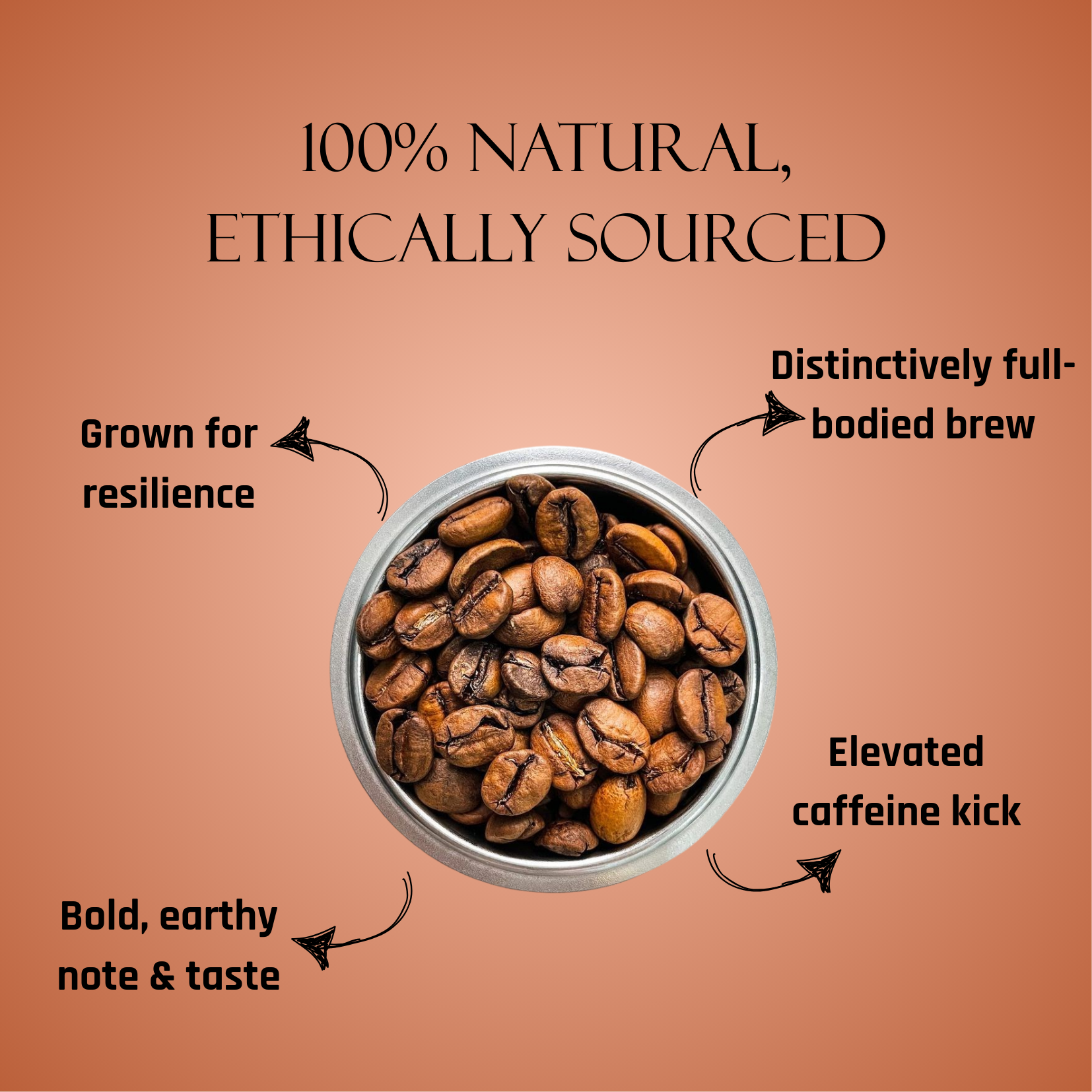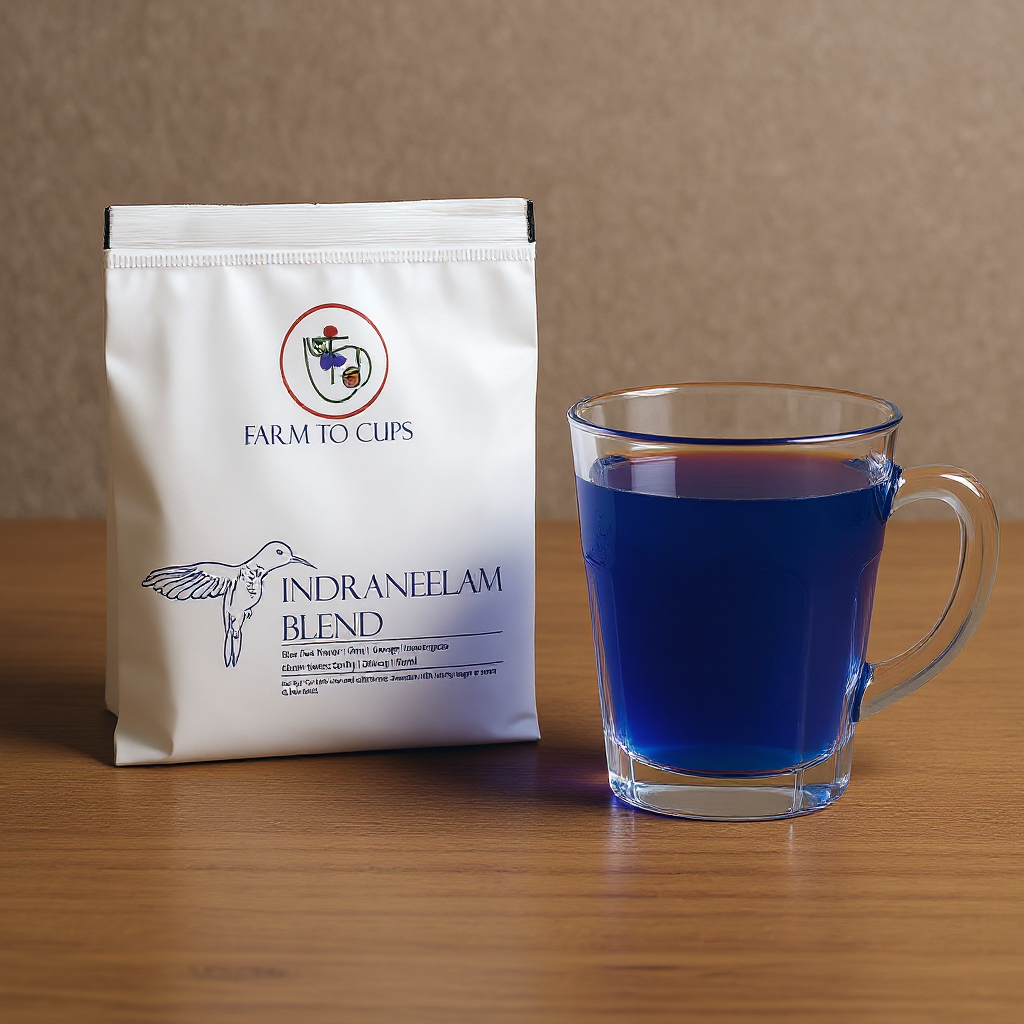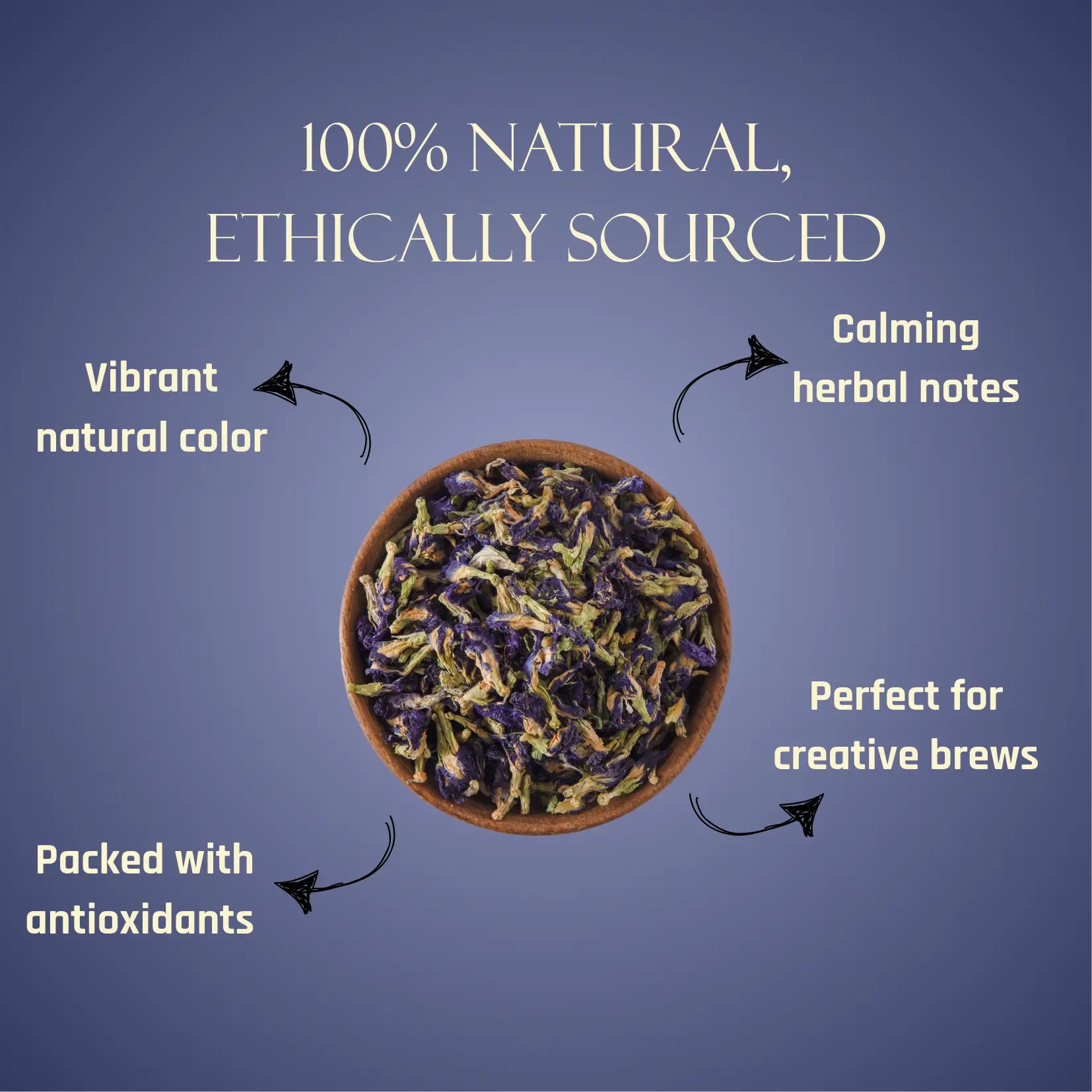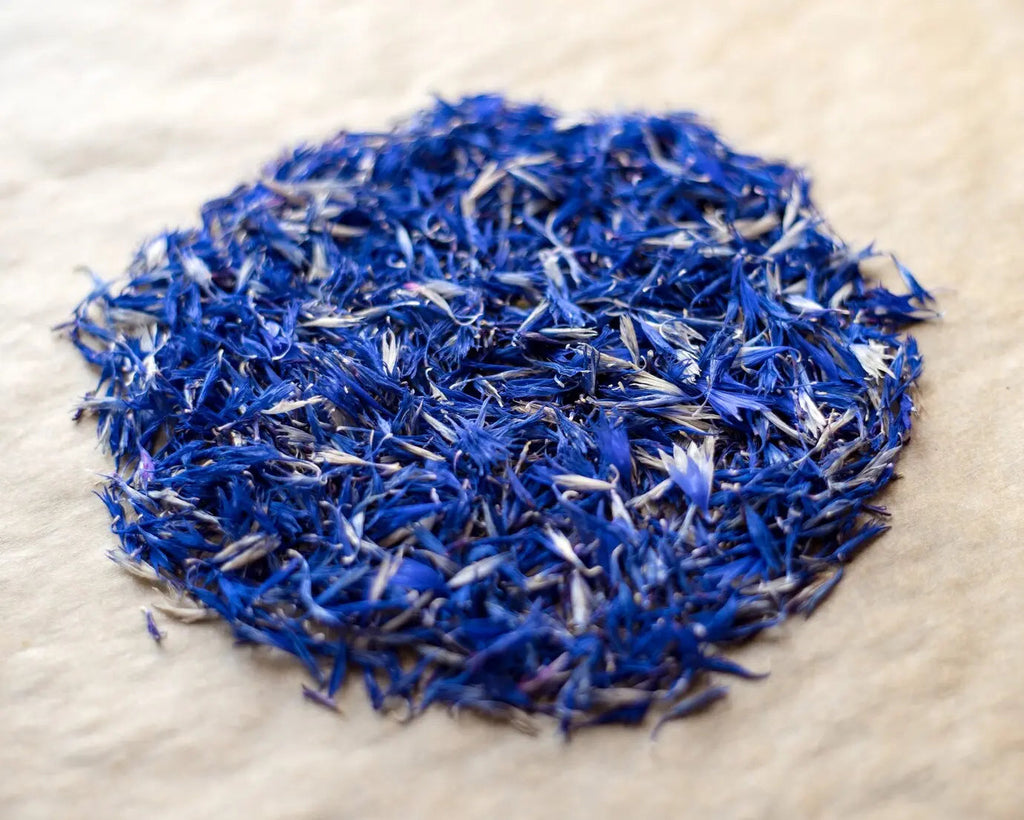
Organic vs. Conventional Blue Pea Tea: Which One Should You Choose?

Blue pea tea, also known as butterfly pea tea, has become a global favorite thanks to its stunning color-changing properties and potential health benefits. This naturally caffeine-free herbal infusion is packed with antioxidants and is widely used in teas, lattes, smoothies, and even skincare products.
With the rising demand for natural and functional beverages, many consumers are now faced with a choice: organic or conventional blue pea tea. Which one offers the best quality, health benefits, and environmental impact? Let’s dive deep into the differences, advantages, and considerations of both options.
Understanding the Difference: Organic vs. Conventional Blue Pea Tea
What is Organic Blue Pea Tea?
Organic blue pea tea is cultivated using natural and sustainable farming methods. It is grown without the use of:
✔ Synthetic pesticides
✔ Chemical fertilizers
✔ Herbicides or genetically modified organisms (GMOs)
Instead, organic farms focus on soil health, biodiversity, and eco-friendly agricultural practices, ensuring that the tea is free from harmful chemical residues.
What is Conventional Blue Pea Tea?
Conventional blue pea tea is typically produced on a larger scale using standard agricultural practices. While it still retains its signature blue hue and earthy flavor, its cultivation process may involve:
✔ Synthetic fertilizers to boost growth
✔ Pesticides to protect against pests and diseases
✔ Herbicides to control weeds
Though conventional farming increases yield and accessibility, it may also lead to pesticide residues in the final product—even if these levels remain within regulatory limits.
Health Benefits: Does Organic Blue Pea Tea Have an Edge?
Both organic and conventional blue pea teas contain antioxidants, flavonoids, and anthocyanins, which contribute to their health benefits. However, organic varieties may offer an added advantage in purity and potency.
Organic Blue Pea Tea: Purity & Nutritional Superiority
✔ Free from synthetic chemicals – Ensures a clean and natural infusion, reducing the risk of consuming harmful residues.
✔ Higher antioxidant content – Some studies suggest that organically grown plants may contain more polyphenols and flavonoids, enhancing their health benefits.
✔ No pesticide residues – Eliminates the concern of chemical traces found in conventionally grown crops.
Conventional Blue Pea Tea: Is It Still Healthy?
✔ Rich in antioxidants – Conventional blue pea tea still contains anthocyanins, known for their anti-inflammatory and immune-supporting properties.
✔ More affordable – Often available at a lower price point due to large-scale production, making it more accessible.
✔ May contain pesticide residues – Though regulated for safety, some consumers prefer to avoid even trace amounts of synthetic chemicals.
Environmental and Ethical Considerations
Your choice between organic and conventional blue pea tea can also impact the environment and sustainability efforts.
Why Organic Farming is Better for the Environment
✔ Supports biodiversity – Organic farms encourage a healthier ecosystem, supporting pollinators like bees and butterflies.
✔ Sustainable water use – Reduces pollution from agricultural runoff, keeping local water sources clean.
✔ Eco-friendly certification – Organic tea is often certified by organizations like USDA Organic, EU Organic, or India Organic, ensuring compliance with sustainable farming standards.
Conventional Farming: Pros & Cons
✔ Higher yields – Conventional methods increase output, helping to meet global demand.
✔ More widely available – Conventional blue pea tea is easier to find in supermarkets and online stores.
✖ Potential environmental concerns – The use of synthetic pesticides and fertilizers may contribute to soil degradation and water pollution over time.
Taste and Quality: Does Organic Blue Pea Tea Taste Better?
While both varieties offer a mild, earthy, and slightly floral flavor, some tea connoisseurs claim that organic blue pea tea has a richer and more nuanced taste due to the absence of synthetic additives in the growing process.
✔ Organic Blue Pea Tea – May have a more robust flavor, as organically grown plants often develop stronger natural compounds to protect themselves.
✔ Conventional Blue Pea Tea – Still offers vibrant color and mild taste, but its nutrient density may vary depending on farming conditions.
Which One Should You Choose?
Choose Organic Blue Pea Tea If You:
✔ Want a chemical-free and pesticide-free infusion.
✔ Prioritize sustainability and eco-friendly practices.
✔ Prefer higher antioxidant content for enhanced health benefits.
✔ Enjoy richer and more natural flavors.
Choose Conventional Blue Pea Tea If You:
✔ Need a more affordable and accessible option.
✔ Are comfortable with regulated levels of synthetic fertilizers and pesticides.
✔ Want the same color-changing effect and antioxidant properties without the higher cost.
Final Verdict: Is Organic Blue Pea Tea Worth It?
If purity, sustainability, and maximum health benefits are your top priorities, organic blue pea tea is the best choice. It is free from harmful chemicals, environmentally friendly, and often richer in antioxidants.
However, if you are looking for a more budget-friendly option that still offers the same vibrant color and general health benefits, conventional blue pea tea remains a viable alternative.
No matter which type you choose, blue pea tea is a fantastic herbal infusion that brings beauty, health, and a touch of magic to your daily routine.
Would you like to explore organic blue pea tea options? Share your thoughts and let us know your favorite way to enjoy this vibrant drink!
